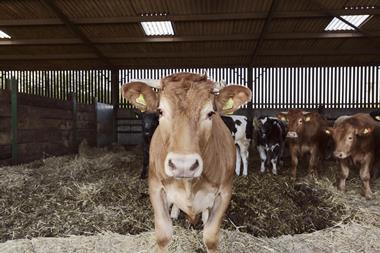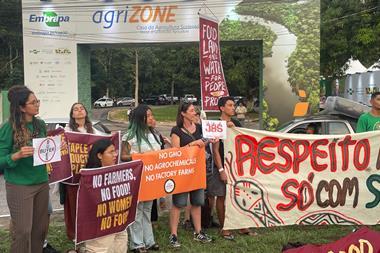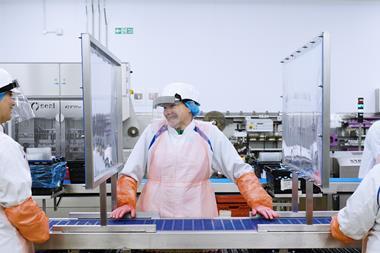Retail lamb price slightly weaker; average price for beef also softer
Industry finds it difficult to pass on costs since FMD
Wholesale traders' persistent talk of at best steady and more often disappointing demand encountered by their carcase meat retailer customers seems to be borne out by the latest price spread calculations from the MLC.
One interpretation of economist Tony Fowler's figures would be the processors and supermarkets have found difficulty passing on to consumers the full increases in livestock procurement costs since the FMD crisis.
The live lamb market, in particular, has been quite buoyant in recent months. And, of course, home produced pigs have been very scarce. Yet the MLC's surveys have shown retail lamb prices slightly weaker than in summer 2001 and pork prices little changed.
The average retail price for beef was also softer in June than 12 months previously, despite cattle becoming more expensive. However, a commentary by Fowler published with the new data cautions against taking the numbers at face value: "Producer to retail price spreads are [intended only] to be broad measure of industry margin trends."
Complexity and change in the distribution and marketing systems for meat have made these crude measures potentially misleading, Fowler acknowledges. One crucial shift in the retailing system has of course been from retailer purchases of sides to primals or controlled atmosphere packaged cuts.
"For some operators a comparison of average producer prices and average retail prices may not reflect their actual trends in margins if the average prices of the various cuts move differently," as Fowler points out.
{{MEAT }}
Industry finds it difficult to pass on costs since FMD
Wholesale traders' persistent talk of at best steady and more often disappointing demand encountered by their carcase meat retailer customers seems to be borne out by the latest price spread calculations from the MLC.
One interpretation of economist Tony Fowler's figures would be the processors and supermarkets have found difficulty passing on to consumers the full increases in livestock procurement costs since the FMD crisis.
The live lamb market, in particular, has been quite buoyant in recent months. And, of course, home produced pigs have been very scarce. Yet the MLC's surveys have shown retail lamb prices slightly weaker than in summer 2001 and pork prices little changed.
The average retail price for beef was also softer in June than 12 months previously, despite cattle becoming more expensive. However, a commentary by Fowler published with the new data cautions against taking the numbers at face value: "Producer to retail price spreads are [intended only] to be broad measure of industry margin trends."
Complexity and change in the distribution and marketing systems for meat have made these crude measures potentially misleading, Fowler acknowledges. One crucial shift in the retailing system has of course been from retailer purchases of sides to primals or controlled atmosphere packaged cuts.
"For some operators a comparison of average producer prices and average retail prices may not reflect their actual trends in margins if the average prices of the various cuts move differently," as Fowler points out.
{{MEAT }}



















No comments yet